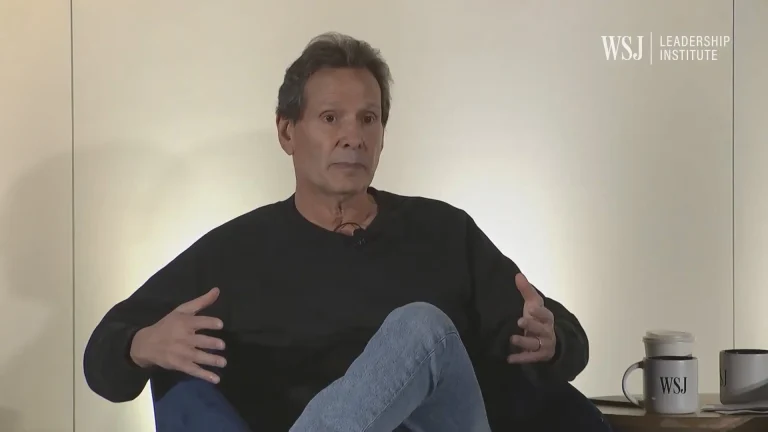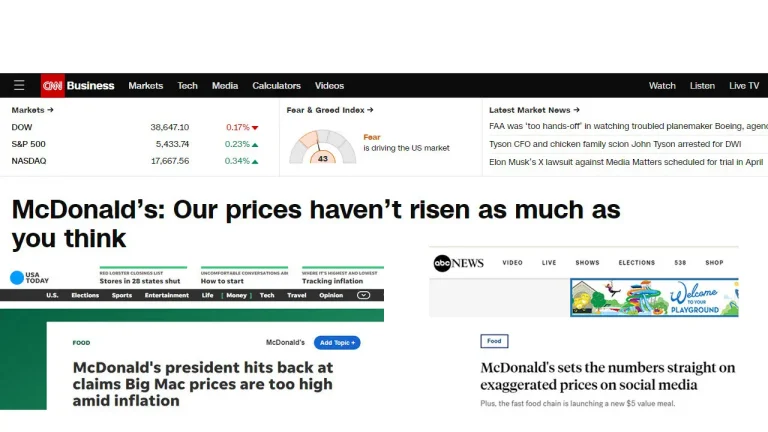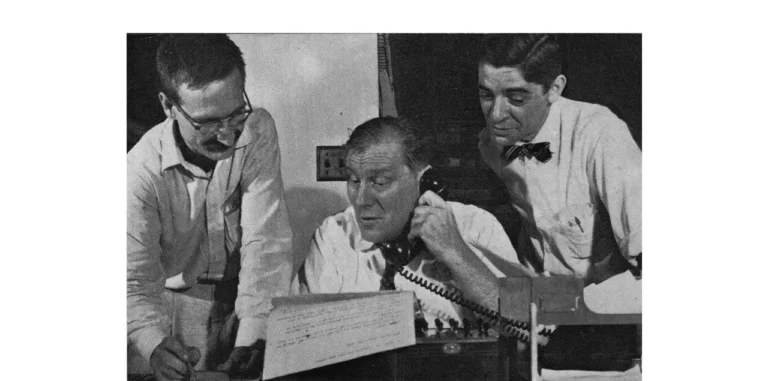5 ways to boost thought leadership
Our leaders are expected to deliver insight and inspiration. Here’s how to help them
Make the boss a thought leader.
Of all the duties charged to communicators, from diversity to sustainability, thought leadership is among the most vexing and worthwhile.
More than ever, employees, customers and the general public expect your organization’s top executives to be front-and-center on important topics, not just in your own industry but on the social issues of the day.
It’s not automatic. CEOs and other leaders, including your subject matter experts, come in all shapes, sizes ― and temperaments. Most of the ones I’ve encountered are smart and thoughtful, but that doesn’t make them natural communicators or instant video influencers. That, as we like to say, is where you come in. Here are five ways you can help:
1. Start small, with what you know best. Your leader’s first foray into thought leadership doesn’t have to be a Ted Talk on the state of civilization. Begin with what you know in your own shop. If you’ve developed a good company culture, for example, tell us how you did it. (By the way, everyone wants to hear this in the age of hybrid work.)
2. Follow the news. A basic tenet of thought leadership is that executives should be timely and topical. People will follow you because you have something to say about the news of the day, and that you will “advance” the story with your insights, adding explanation and context.
You can do this by pitching your experts to media, as a source for stories or as a guest on a news program. If you have a good brand journalism site, you can publish that story yourself ― and then pitch it. The Statement, the brandjo platform for BOK Financial, does this regularly with Steve Wyett, the company’s chief investment strategist, among other experts.
In a recent post, Wyett offered perspective and a calming voice on a story about the market reaction to the Russian invasion of Ukraine.
And when the head of your university happens to be the former undersecretary of the U. S. Navy, you’re in a great position to showcase her expertise. That’s what led Janine Davidson, president of Metropolitan State University of Denver, to preside over a panel discussion on Ukraine for the Council on Foreign Relations.
3. Get more at-bats. It’s hard to be a thought leader if your thoughts are restricted to once a month, or every once in a while. Reporters and editors often search Twitter looking for outside experts to quote in their reports. LinkedIn provides the perfect platform not just to display your own leadership content, but to comment and share the work of others. Write an intro that adds your perspective, then post the story. Done!
4. Share the wealth. Thought leadership comes in a variety of ways. Sure, we want the CEO commenting on voting rights and Black Lives Matter. But the other part of thought leadership is expertise. You have smart people who aren’t in the C-suite but are experts in their field, and they can be good explainers about complicated issues.
Case in point: John Avolio, value chain manager at Nova Chemicals, brings a great voice and presence to this LinkedIn post about innovations in plastics recycling.
5. Make use of all the tools ― especially video. LinkedIn is quickly becoming a go-to platform for thought leaders. Your brand journalism site means a content platform that is easy to find, breaks news and offers both expertise and thought leadership. Video, of course, is a great way to go, by offering:
- Short (1 minute!) videos, with impact.
- Satellite media tours, from our partners at DS Simon Media. Get your executive in multiple media markets for interviews on the topics of the day, or in your industry.
- Pitching your expert to relevant news programs.
It’s confusing, distracting and noisy out there, especially on social media. Position your thought leaders to offer clarity ― and calm ― on the issues people want to hear about.
Jim Ylisela is co-founder and senior partner of Ragan Consulting Group.
Contact our client team to learn more about how we can help you with your communications. Follow RCG on LinkedIn and subscribe to our weekly newsletter here.







